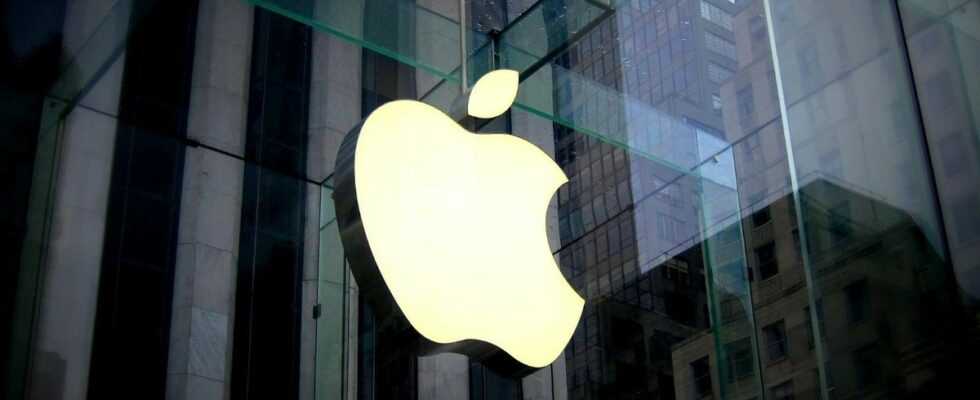A popular phenomenon born of the very real need to protect the environment and reduce global warming, more and more companies are committing to a carbon neutrality approach. Of course, Apple is no exception, and does not take half measures.
There are several levels of commitment to reducing emissions, grouped together in the form of scopes:
- Scope 1 covers the company’s direct emissions (gas heating, company vehicle fleet, refrigerant gas leaks, etc.).
- Scope 2 concerns indirect emissions related to electricity used in the workplace. For example, emissions related to electric heating whose electricity would come from a coal-fired power plant are taken into account in this category.
- Scope 3 represents indirect emissions in the broad sense. In the case of Apple, this concerns, for example, suppliers or the electricity consumed by customers for charging devices.
Renewable energy or carbon offset
For a company to declare its carbon neutrality, there are several ways. The first would be to operate only with green energy free of emissions such as solar panels, hydroelectric dams or wind turbines. Of course, we are talking about emissions for production, setting aside the manufacture and transport of the materials necessary for construction.
The other method available to companies is to use carbon offsets. This involves financing projects to reduce CO2 emissions in exchange for carbon credits. This can be a reforestation project, an investment in renewable energies or even projects to greatly improve energy yields or the emergence of green electricity production solutions.
Apple, all about green energy
After making its own activities carbon neutral in 2020 (Scope 1 and 2), Apple is now pushing its suppliers by favoring those who commit to the same approach. Thus, 213 suppliers in 25 countries have committed to using green energy for Apple components.
This goes through agreements with energy suppliers and represents 10 gigawatts of green energy (a quantity doubled over one year) and the promise of reaching 16 gigawatts in the long term. For Apple, it was important to include suppliers in the process to reduce Scope 3 emissions (in which the end customer would represent 22% of the company’s total emissions).
Insufficient production capacities
Despite all of Apple’s goodwill in the field, energy suppliers do not have the capacity to supply the brand’s factories and stores (and its supply chain) with renewable energy on a permanent basis.
To claim its use of “100% clean electricity”, Apple therefore also uses carbon offsets. Once again, the company has nevertheless taken the lead and made direct investments in clean power plants such as in China and Japan (plant of around 500 megawatts) or even in Texas in a 300 megawatt solar power plant.
Whatever the deep motivations of the various actors (economic, deep ecological commitment, pure marketing effect), it is important that everyone makes efforts to preserve the planet and its climate.
